Ever heard of the phrase, get more performances for free? Or something along the lines of double your frame rates. These are catchy lines spread all over the internet where you are promised to get more juice out of your existing PC. But do they work? Hardly so.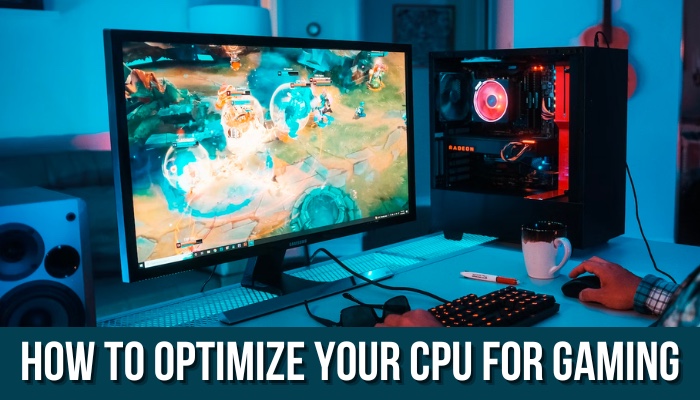
What you can definitely do is configure some settings correctly on Windows that will at least not hold your processor back. And that is what I will show you today in this article.
So, without making any fake promises, let’s get started.
Can CPU Optimizations Give You More FPS?
First, let me clear up one thing. You will need a decent rig to get good performance in the latest AAA titles. If your hardware is not up to the mark, no optimization made by you will get you good frame rates.
Take Hogwarts Legacy, for example. Even 8 Gigs of VRAM is insufficient if you max out the details in the game. Truly horrifying for PC gamers indeed.
Does that also mean the game is unoptimized? That is surely the case. Just look at the PS5s performance, and you will get an idea. There are no lag or frame drops while maintaining great visuals.
Maybe the developers will need time to iron things out on the PC version. Until that happens all we can do is tweak our system so that it performs to the maximum of its abilities.
Cooling your PC is another critical aspect to take note of. You do not want your system to throttle down and reduce its CPU performance just because your computer cannot cool down fast enough. That is actually on you and is something that you can take care of.
Check out whether a CPU can cause a game to crash. Here you will see detailed feedback on what to do if you ever face it on your rig.
How to Optimize Your CPU for Gaming
To optimize your CPU for gaming, first, enable all its cores and set your computer to high performance. Next, disable all unwanted apps during startup and kill any processes you do not use while gaming. Undervolting your processor will also improve performance while producing less heat.
Let’s now delve deeper into the details of these optimizations.
Here are the methods to optimize your CPU for gaming:
1. Disable Core Parking
For gaming, a 4-core processor is a minimum these days. Even some games recommend that you have a 6-core processor to get the maximum performance. Because in CPU-intensive tasks, there are differences between a 4-core and 6-core processor. That’s why developers are utilizing more cores in the game engines.
Some laptops can have these cores disabled as part of the energy-saving plan. This is known as core parking. When you turn on the Battery Saver mode, the cores are disabled. For desktops, core parking is not an issue as it is plugged into the wall socket all day long.
So, for maximum performance, you should enable all cores. And you can do that easily by switching to the high-performance mode.
Follow the steps to enable High-Performance Mode on Windows:
- Open Control Panel.
- Search Power from the text box.
- Click on Choose a Power Plan.
- Now select High Performance from the list of modes. If you do not see anything, you need to collapse the menu to reveal this.
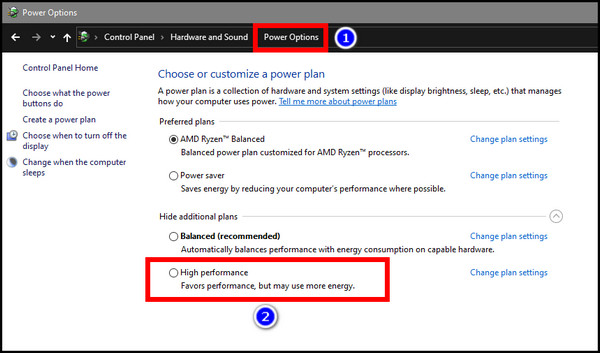
Now your processor can utilize all its cores.
Similarly, for Windows 11, you can switch to High Performance from Windows Settings. Follow the steps below to do it.
- Right-click on the Battery icon and select Power and Sleep Settings.
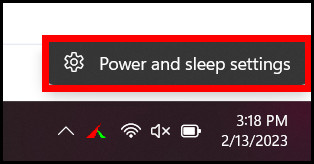
- Find Power Mode and select Best Performance from the list of dropdown items.
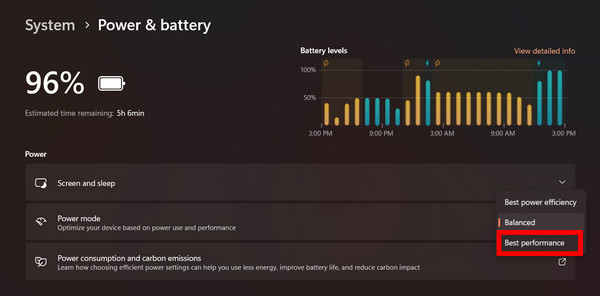
2. Close Background Applications
Applications running in tandem with the games will slow it down. Yes, you need Chrome to check on the game walkthroughs, but why use it while you are gaming? It will just occupy unnecessary space on your computer’s memory.
So before launching any game, open Task Manager and close all background processes. Also, pause any live wallpapers that you have turned on. These will just use the GPU resources in the background.
Here are the steps to close any application using Task Manager:
- Press Ctrl + Alt + Del to open the Task Manager.
- Switch to the Process tab.
- Right-click on any process and select End Task.
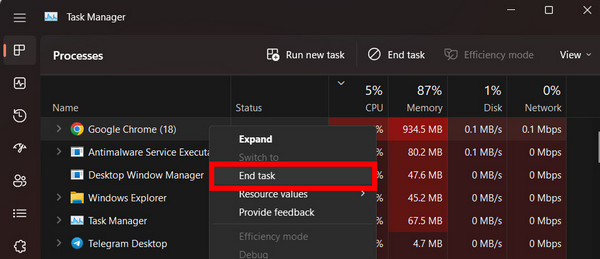
Now the power-sapping apps are cut off. If you experienced slowdowns before, now you should see smooth frame rates.
3. Disable Startup Apps
Most apps that you install want you to be faithful to them. They will most likely set them up to start whenever the Windows loads. But we do not need such apps every single time. Yes, the MSI Afterburner is a great app for showing the in-game metrics, but what use do you have when watching Youtube?
So go ahead and disable all the startup apps.
Follow the steps to disable startup apps on Windows:
- Open Task Manager.
- Navigate to Startup Apps.
- Right-click on the app and select Disable.
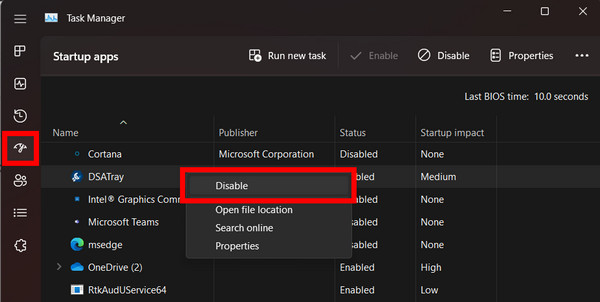
Now, these apps will not use the CPU when they are not supposed to. In case you want to enable the startup programs again, you can go through the same process again.
4. Disable High Precision Event Timer
Windows implements a timer built into the motherboard chipset to facilitate smoother video playback and aid in multimedia tasks. But this does not play nicely with apps that are resource intensive such as video games. If enabled, you can see stuttering that impacts the overall smoothness of games.
You can disable it from the Device Manager.
Follow the steps to disable High Precision Event Timer on Windows:
- Open Device Manager.
- Scroll down and expand System devices > High Precision Event Timer. Double-click to open it.
- Under the Driver tab, click on Disable Device. Press Ok if the system prompts a confirmation.
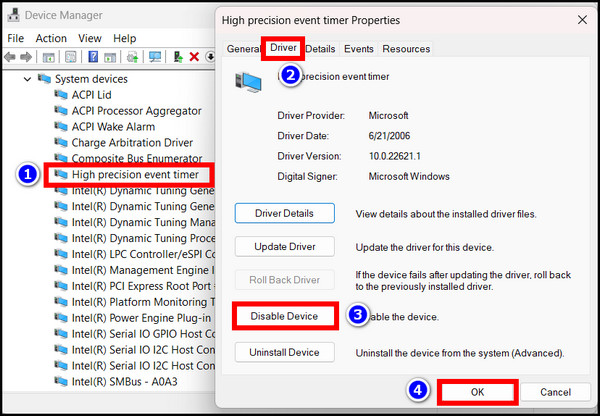
Restart the computer to see any changes it brings to your video game’s performance.
5. Undervolt your CPU
Reducing the power that your system can draw can be useful. Your device will consume less power and generate less heat. That is basically what undervolting is.
You may ask, does it not reduce performance?
Yes with undervolting, your system can lose some performance. But think of it like this. Instead of pushing 120 FPS and then dropping down to 90 FPS due to excess heat, why not take a constant 110 FPS without any dips or stuttering?
There will be no frame drops while the temperature of the processor will be lower at the same time. Best of both worlds.
Before changing the CPU voltage, you need to determine the value that is currently being used. CPU-Z or HWiNFO are fantastic tools that will provide this information. For your reference, this is the voltage (VCore) on my home computer which uses an AMD CPU.
The basics behind undervolting are reducing the core voltage (VCore) each time with a small adjustment until you hit the sweet spot. But do not just reduce it too much. Your system will crash and can likely get damaged if you provide a drastic change to the operating voltage.
Between each adjustment of the voltage, run stress tests that test your processor’s stability, such as Prime 95, AiDA 64, or Furmark. Also, keep an eye on the temperature readings every time. If your system crashes, you can always go back to the previous voltage which worked for you.
You can undervolt your CPU using Throttlestop. This works for both Intel and AMD CPUs. AMD provides Ryzen Master for its line of processors, and Intel has its Xtreme Tuning Utility. These applications have an easy-to-navigate interface which makes them very easy to undervolt with.
With undervolting, many questions can pop up in your mind. The safety of your processor is one of them. To answer all these questions, we have a separate article to describe if it is safe to undervolt the CPU.
6. Keep your CPU Cool
Lastly, I will restate the main enemy of your processor. That is heat, in any form, which resides inside your CPU case.
See, your processor is a sensitive piece of equipment. You can perform complex calculations, encode 4K videos, or play video games with eye-popping visuals with it. But if you do not cool your processor adequately, it will struggle to do even basic tasks, let alone get damaged, if it heats up alarmingly.
So, keep the processor cool by keeping the insides of the PC case free from dust and debris. Dust off regularly and clean the thermal compound and reapply every couple of years. Also, make sure the CPU cooler is competent to cool your processor.
Also, the fans, in your case, are just as crucial. You should ensure a steady airflow that intakes cool air and pushes out the warm air from your CPU and GPU’s cooler. Placing equal numbers of fans in the inlet and outlet of your case is recommended. But if your case is designed differently, you can change the number of fans. Just do not allow heat to build up inside the case.
Frequently Asked Questions
How do I fix a slow CPU speed?
If you feel your processor is not performing to its full potential, chances are you are set in Power Saving Mode. Switch to High Performance from the Power Settings > Power Plans in the Control Panel to get 100 percent utilization of your processor.
Will a CPU increase FPS?
Yes, more cores will result in better frame rates if your GPU is capable. For modern games, a quad-core processor is a bare minimum. Using fewer cores will bottleneck your GPU, and you will get lesser frame rates.
Is 100% CPU usage bad for gaming?
A CPU can work even when you apply a consistent load to it. But you should aim to keep the CPU usage down to avoid any bottlenecks from settling in. That can introduce frame spikes during gaming which can ruin the overall experience.
Concluding Words
The processor being the brain of your computer, is extremely critical for your games. And you must ensure that all the CPU computation power is utilized properly by the correct app.
This article states all these steps that improve your CPUs performance and ensures its longevity so that you can enjoy the same performance over the years to come.
So, keep your PC frosty and happy gaming.
